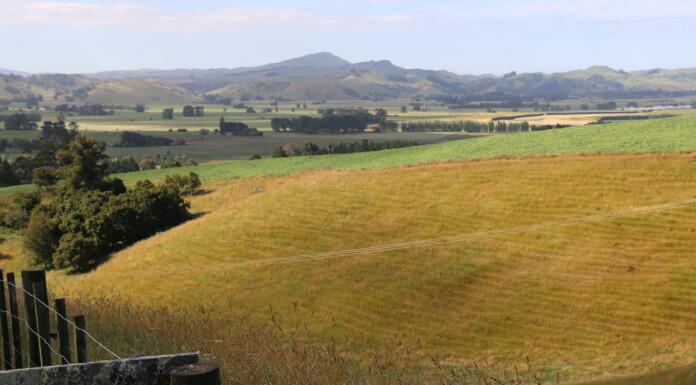Parts of Wairarapa continue to be regarded as hotspots due to experiencing significant ongoing soil moisture deficits.
The latest report from the National Institute of Water and Atmospheric Research [Niwa] shows “the lower North Island received meagre rainfall of 5mm or less”, and soil moisture decreased slightly in Wairarapa during the past week.
The driest soils across the North Island, when compared to normal for this time of the year, were found in coastal Gisborne and Wairarapa, Niwa reported.
The New Zealand Drought Index showed very dry to extremely dry conditions in Wairarapa, eastern Northland, northern Coromandel, coastal Gisborne and southern Hawke’s Bay on April 20.
In the North Island, dry weather is expected for most of today.
A front could follow, bringing light to moderate rain, mostly to the western half of the North Island tonight and Friday.
From Saturday, several days of dry weather are predicted as high pressure sits over the North Island.
Weekly rainfall totals are likely to be limited across much of the North Island with less than 15mm.
Due to the expected rainfall for next week, small soil moisture decreases are likely across much of the North Island, while current hotspots on the east coast may strengthen slightly next week.
Castlepoint Station owner Anders Crofoot said that although the coast isn’t as dry as it might be thanks to small amounts of rain, it is still in a “green drought”.
“We are still right on the edge and need more rain,” he said.
Crofoot noted that Wairarapa had recently shifted from a prohibited fire season to restricted, and the dry grass is not as combustible as it was a little while ago due to the lack of extremely hot days.
He also said that patches of green grass, although not growing very fast, are present with heavy dew in the morning, which helps to reduce the fire risk.
“Little bits of rain are quite helpful and hopeful, but there isn’t really any significant rain sitting in the forecast, so we are still destocking,” Crofoot said.
“We are certainly not out of the drought, but we are not getting dry and dryer.”


